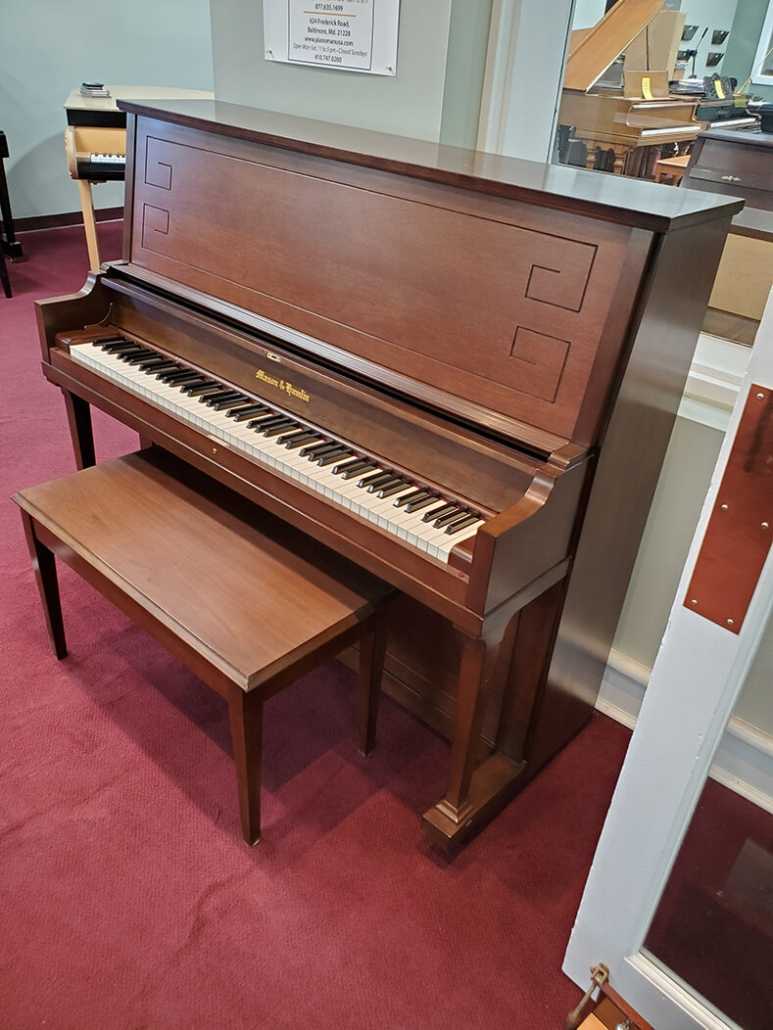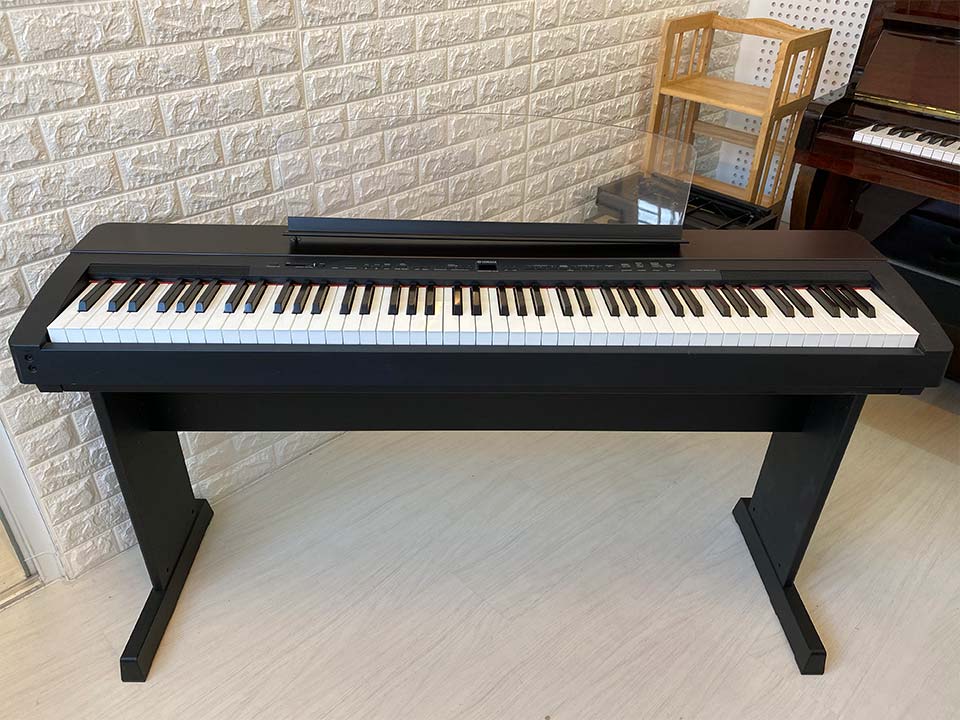

Kawai offers a Ten Year Factory Warranty with each of their new acoustic pianos. Although both Yamaha and Kawai pianos are priced higher than some of their lower end competitors, nothing can substitute for good build quality and careful attention to detail. This specific focus has allowed them to produce instruments of the same or better quality and bring them to market at a more than reasonable price. Kawai’s singular focus is on musical instruments, specifically, pianos. This incredible name recognition has allowed them to price their pianos at a high price point. Although they began as a musical instrument maker (as referenced by their logo which is made up of three, interlocked tuning forks) today, they manufacture everything from motorcycles to golf carts. Yamaha is one of the most well-known brand names on the planet today-rightly so. Combined with the responsiveness and stability of the Millennium III action, this allows for the pianist to play with much more expression and ease. One of the primary reasons a full-size concert grand plays so well is the addition of longer keys. The majority of new grand and upright pianos built by Kawai also offer longer keysticks. This results in a piano that does not become straining to the ears over hours of practice and performance. The stereotypical sound of a Kawai is broad with a rich fullness which is quite pleasant and lacking unwanted harshness. This has made them the preferred choice of many classical pianists. Kawai pianos offer a warmer, fuller quality of tone when compared to a normal piano built by Yamaha. These actions are utilized in both Kawai grand and upright pianos. Currently, the new Millennium III action parts are made of ABS infused with Carbon Fiber for added strength and rigidity. In fact, America’s Mason & Hamlin through their subsidiary Wessel, Nickel and Gross have recently switched to similar, composite components with raving reviews. The many years since have proven the stability and accuracy of their new parts, which today, are widely accepted and credited by the piano industry. This change from wood was shocking to the traditional piano industry and initially was widely dismissed. Several decades ago, Kawai made the bold decision to begin the production of piano action components utilizing ABS-Styran. Today, Kawai pianos come standard with their industry leading Millennium III ABS-Carbon Fiber action. Kawai pianos, especially their grand pianos, have undergone steady and constant improvements in their design and workmanship over the years. So what separates Kawai pianos from Yamaha pianos? That being said, Kawai, in our opinion, has some significant advantages over Yamaha pianos which has allowed them to be the leader of innovation in the piano industry while maintaining competitive pricing for their high-quality pianos. This high production capacity combined with truly good quality has made both brands the choice of musicians, students and piano lovers around the globe. Both of the companies build an incredibly high number of pianos each year. Their factories are some of the most advanced on the planet and they pride themselves on a consistency of construction.

They are also both leaders in the digital piano world. They are both based in Japan and have decades of experience in the crafting of both upright and grand pianos. Kawai and Yamaha pianos are often compared due to a number of similarities. They continue to produce high-quality pianos at a price point that is hard to beat-even for Yamaha. Founded in 1927 by Koichi Kawai, Kawai endured ninety years of history to become one of the leading piano makers in the world. If you are looking at the purchase of a new Yamaha piano, the consideration of a piano manufactured by Kawai may be in your best interest. Yamaha pianos are often near the top of the list when pianists begin looking for a good piano. Question: “I am considering both Yamaha and Kawai pianos and they seem similar.


 0 kommentar(er)
0 kommentar(er)
